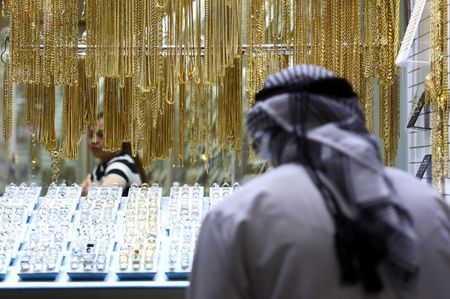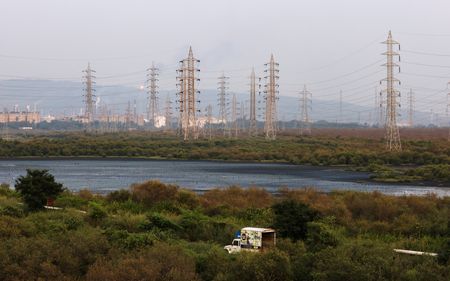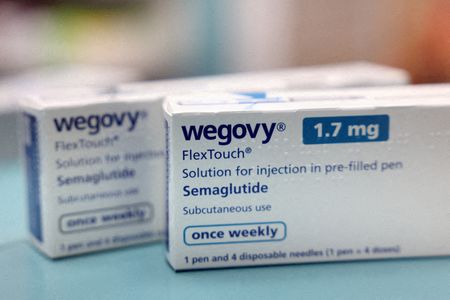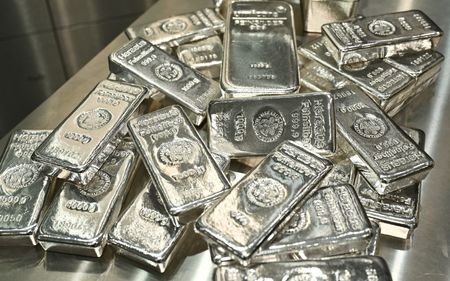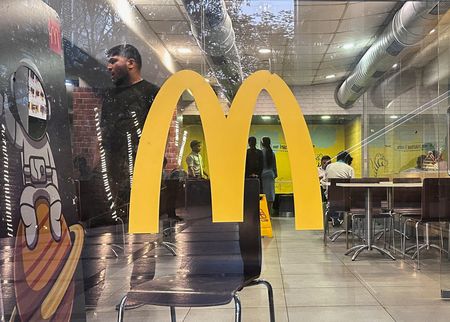By Sherin Elizabeth Varghese and Ashitha Shivaprasad
(Reuters) -Gold prices extended losses on Wednesday following reports that the U.S. and European Union were closing in on a 15% tariff deal, dampening safe-haven demand, while silver earlier surged to its highest level since September 2011.
Spot gold was down 1.1% at $3,394.64 per ounce, as of 02:33 p.m. ET (1833 GMT), after hitting its highest point since June 16 earlier in the day.
U.S. gold futures settled 1.3% down to $3,397.60.
“So we’re seeing a trade deal with Japan and looking at one with the EU. Ultimately, it means no major retaliatory tariffs from the EU, which has supported risk appetite…equity markets are doing pretty well,” said Bart Melek, head of commodity strategies at TD Securities. [.N]
The European Union and the United States are moving toward a trade deal that would impose a broad 15% tariff on EU goods imported into the U.S., two diplomats said on Wednesday.
This comes as U.S. President Donald Trump also reached a trade deal with Japan on the same day to lower tariffs on auto imports, offering a welcome sign of progress in his broader tariff negotiations on multiple fronts.
Bullion tends to thrive in periods of uncertainty and also in low-interest-rate environments because the opportunity cost of holding a non-yielding asset is reduced.
The markets do not expect an interest rate cut from the U.S. Federal Reserve in July, but the Fed’s independence appears under threat from mounting political interference, according to a clear majority of economists polled by Reuters.
Among other metals, spot silver fell 0.1% to $39.24 per ounce, after hitting a near 14-year peak earlier in the session.
“The recent rally in silver is being driven by a combination of strong industrial demand, persistent supply deficits, and increased investor interest,” said Alexander Zumpfe, a precious metals trader at Heraeus Metals Germany.
“A decisive push past $40 could come from a further breakout in gold prices, renewed weakness in the U.S. dollar, or signs of deeper supply tightness – especially if physical premiums start to rise again in key Asian markets.”
Platinum fell 2.1% to $1,411.63 and palladium was down 0.2% at $1,271.98.
(Reporting by Sherin Elizabeth Varghese, Ashitha Shivaprasad and Anushree Mukherjee in Bengaluru; Editing by Devika Syamnath)

